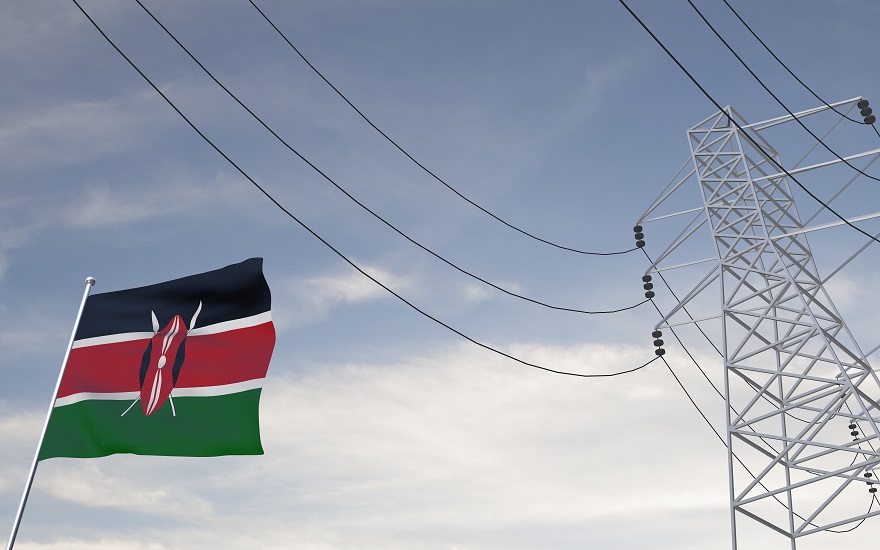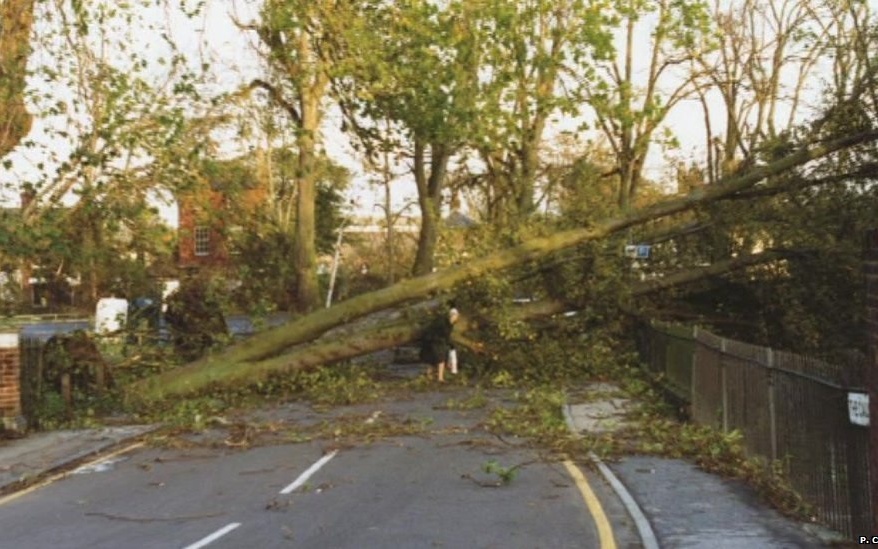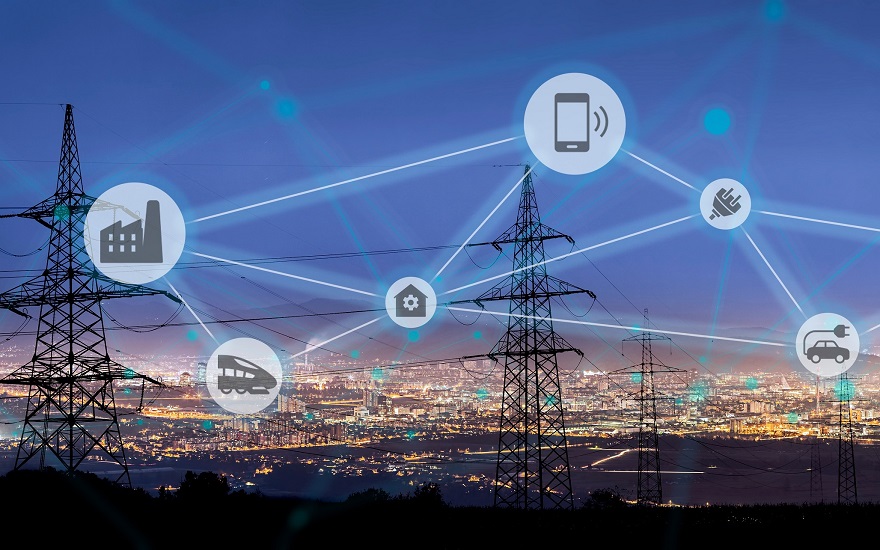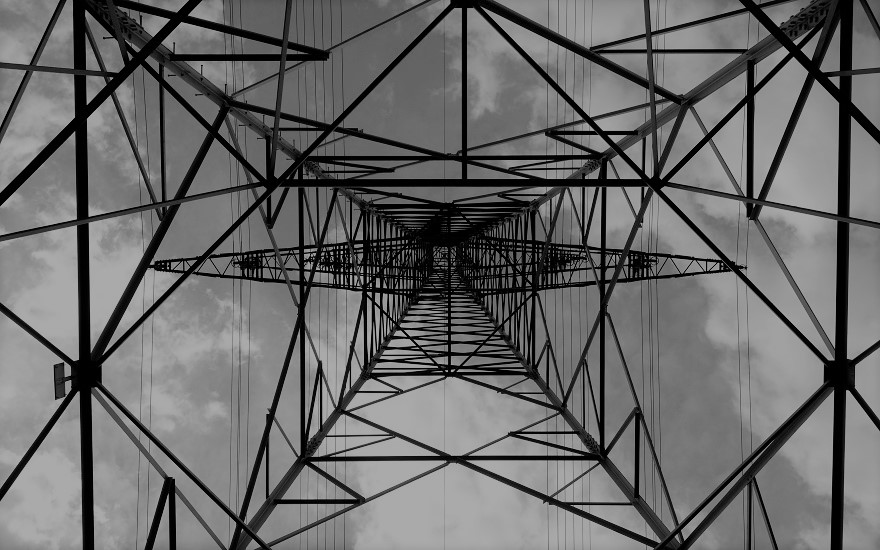National Grid’s Future Energy Scenarios 2020 report outlines the path towards zero carbon emissions by 2050, with renewables, energy storage, and electric vehicles all having crucial roles to play.
Future Energy Scenarios is an annual document put together by the electricity system operator based on input from hundreds of industry experts.
It highlights a series of credible pathways for the future of Britain’s energy over the next 30 years.
Future Energy Scenarios 2020 focuses on the following four circumstances:
- Steady Progression (slowest credible decarbonisation, minimal behaviour change, decarbonisation in power and transport but not heat)
- System Transformation (hydrogen for heating, consumers less inclined to change behaviour, lower energy efficiency, supply-side flexibility)
- Consumer Transformation (electrified heating, consumers willing to change behaviour, high energy efficiency, demand side flexibility)
- Leading The Way (fastest credible decarbonisation, significant lifestyle change, a mixture of hydrogen and electrification for heating)
In all scenarios apart from “Steady Progression”, Britain will meet the government’s ambitious target of net zero greenhouse gas emissions by 2050.
However, this would require “fundamental changes” by energy consumers in areas such as transport, heating, and energy efficiency.
National Grid ESO claims the power generation sector could be “negative emissions by 2033” by ramping up offshore wind and deploying bioenergy and carbon capture and storage.
However, there is a rather large elephant in the room to bear in mind.
Future Energy Scenarios 2020 admits that while “Covid-19 will impact many aspects of the future of energy”, the ongoing uncertainty means any effect from the pandemic has not been included in the analysis. It will form part of next year’s predictions though.
Future Energy Scenarios 2020 – At A Glance
Here are a few of the key snippets of info from the report:
- Achieving net zero will require “significantly higher levels of electricity generation”
- Annual demand for power will rise from 308 TWh at present to between 452-627 TWh
- Peak electricity demand will increase from 59 GW to 76-96 GW by 2050
- Total energy storage capacity will soar from its present level of 4 GW to as much as 60 GW by 2050
- Growth of renewables over the last decade has seen the carbon intensity of British electricity drop from 529g CO2 per kWh in 2013 to just 215g by 2019
- Small-scale decentralised power generation could potentially provide up to 42% of total capacity by 2050
- Offshore wind capacity would hit 42 GW by 2030 in the most optimistic scenario
- At least 3 GW of wind and 1.4 GW of solar projects need building every year from now until 2050
- In a best-case scenario, there will be 11 million electric vehicles on British roads by 2030, rising to more than 30 million by 2040
- Vehicle-to-grid (V2G) could provide up to 38 GW of flexibility
- Pure demand-side response could double from its current capacity of 1 GW within the next two or three years
Future Energy Scenarios 2020 – The Feedback
“Across all scenarios, we see a growth in renewable energy generation, including significant expansion in installed offshore wind capacity. There is a widespread uptake in domestic electric vehicles, and growth and investment in hydrogen and carbon capture technologies too.
“Our new analysis of the level of societal change needed to achieve net zero also shows that consumers need greater understanding of how their energy use impacts the wider system, and how changes to their lifestyle have an impact on net zero ambitions.
“There is already significant progress being made towards net zero, including ESO planning to operate a zero-carbon electricity system by 2025, but the fundamental changes outlined make it more important than ever to have a coordinated approach to decarbonizing the whole energy sector.”
– Mark Herring, National Grid ESO’s Head of Strategy
“National Grid is right to highlight the urgent need for Ministers to support the development of large-scale renewable hydrogen projects within this decade.
“Green hydrogen generated using electricity from offshore wind farms is set to be a game-changer for the energy sector, especially in decarbonising transport by providing fuel for shipping and HGVs, where emissions have remained stubbornly high, while also providing more flexibility in a high renewables system.”
– Barnaby Wharton, Director of Future Electricity Systems for RenewableUK





But what does 30GW of onshore wind mean for townies (lovers of majestic monuments to free, green energy) living in Leeds, Manchester, Birmingham and London?
How will major ports cope with 60 GW of offshore wind around the coastline?
And will many people be affected by 42 GW of solar pv between the South Downs and High Weald AONB?
https://bwrx-300-nuclear-uk.blogspot.com/2020/07/were-paying-john-pettigrew-salary-of-10.html